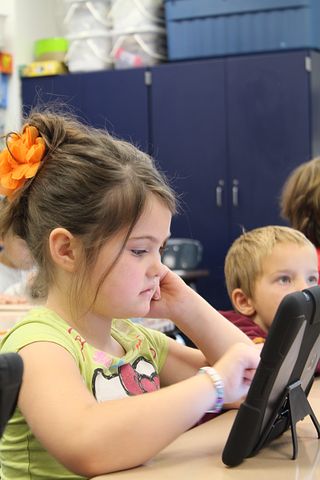When returning to school after summer break, many students are excited to see their friends and return to the routine of school. Although, many students and parents alike dread the idea of homework again. The topic can haunt parents as the stacks of flashcards and worksheets start to come out of backpacks. Many families deal with frustrations and tears from homework time, and the jury is still out on whether or not homework has a positive or negative effect on students. Many families have arguments about homework, and some students struggle tremendously to complete their homework. It can be a …
Continue reading “Six Ways to Establish Good Homework Habits”









